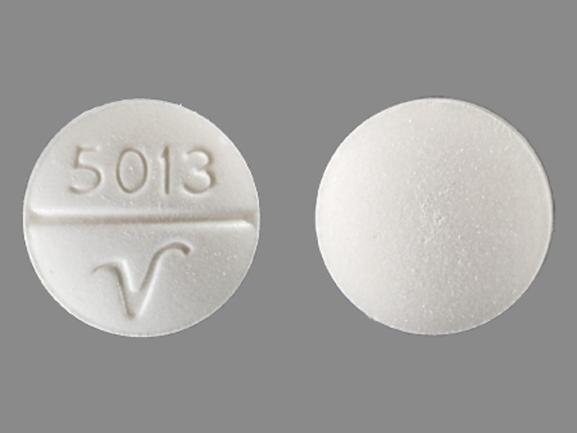Phenobarbital Interactions
There are 810 drugs known to interact with phenobarbital, along with 15 disease interactions, and 2 alcohol/food interactions. Of the total drug interactions, 244 are major, 518 are moderate, and 48 are minor.
- View all 810 medications that may interact with phenobarbital
- View phenobarbital alcohol/food interactions (2)
- View phenobarbital disease interactions (15)
Most frequently checked interactions
View interaction reports for phenobarbital and the medicines listed below.
- Adderall (amphetamine / dextroamphetamine)
- Ativan (lorazepam)
- Benadryl (diphenhydramine)
- Cymbalta (duloxetine)
- Depakote (divalproex sodium)
- Dilantin (phenytoin)
- Flonase (fluticasone nasal)
- Keppra (levetiracetam)
- Klonopin (clonazepam)
- Lamictal (lamotrigine)
- Lasix (furosemide)
- Lexapro (escitalopram)
- Lyrica (pregabalin)
- MiraLAX (polyethylene glycol 3350)
- Nexium (esomeprazole)
- Paracetamol (acetaminophen)
- Seroquel (quetiapine)
- Synthroid (levothyroxine)
- Tegretol (carbamazepine)
- Topamax (topiramate)
- Tylenol (acetaminophen)
- Valium (diazepam)
- Vimpat (lacosamide)
- Vitamin B12 (cyanocobalamin)
- Vitamin C (ascorbic acid)
- Vitamin D3 (cholecalciferol)
- Xanax (alprazolam)
- Zofran (ondansetron)
- Zoloft (sertraline)
- Zyrtec (cetirizine)
Phenobarbital alcohol/food interactions
There are 2 alcohol/food interactions with phenobarbital.
Phenobarbital disease interactions
There are 15 disease interactions with phenobarbital which include:
- acute alcohol intoxication
- drug dependence
- liver disease
- porphyria
- rash
- respiratory depression
- cardiovascular
- prolonged hypotension
- renal dysfunction
- suicidal tendency
- adrenal insufficiency
- depression
- hematologic toxicity
- osteomalacia
- paradoxical reactions
More about phenobarbital
- phenobarbital consumer information
- Compare alternatives
- Pricing & coupons
- Reviews (38)
- Drug images
- Side effects
- Dosage information
- During pregnancy
- Support group
- Drug class: barbiturate anticonvulsants
- Breastfeeding
- En español
Related treatment guides
Drug Interaction Classification
| Highly clinically significant. Avoid combinations; the risk of the interaction outweighs the benefit. | |
| Moderately clinically significant. Usually avoid combinations; use it only under special circumstances. | |
| Minimally clinically significant. Minimize risk; assess risk and consider an alternative drug, take steps to circumvent the interaction risk and/or institute a monitoring plan. | |
| No interaction information available. |
See also:
Further information
Always consult your healthcare provider to ensure the information displayed on this page applies to your personal circumstances.


